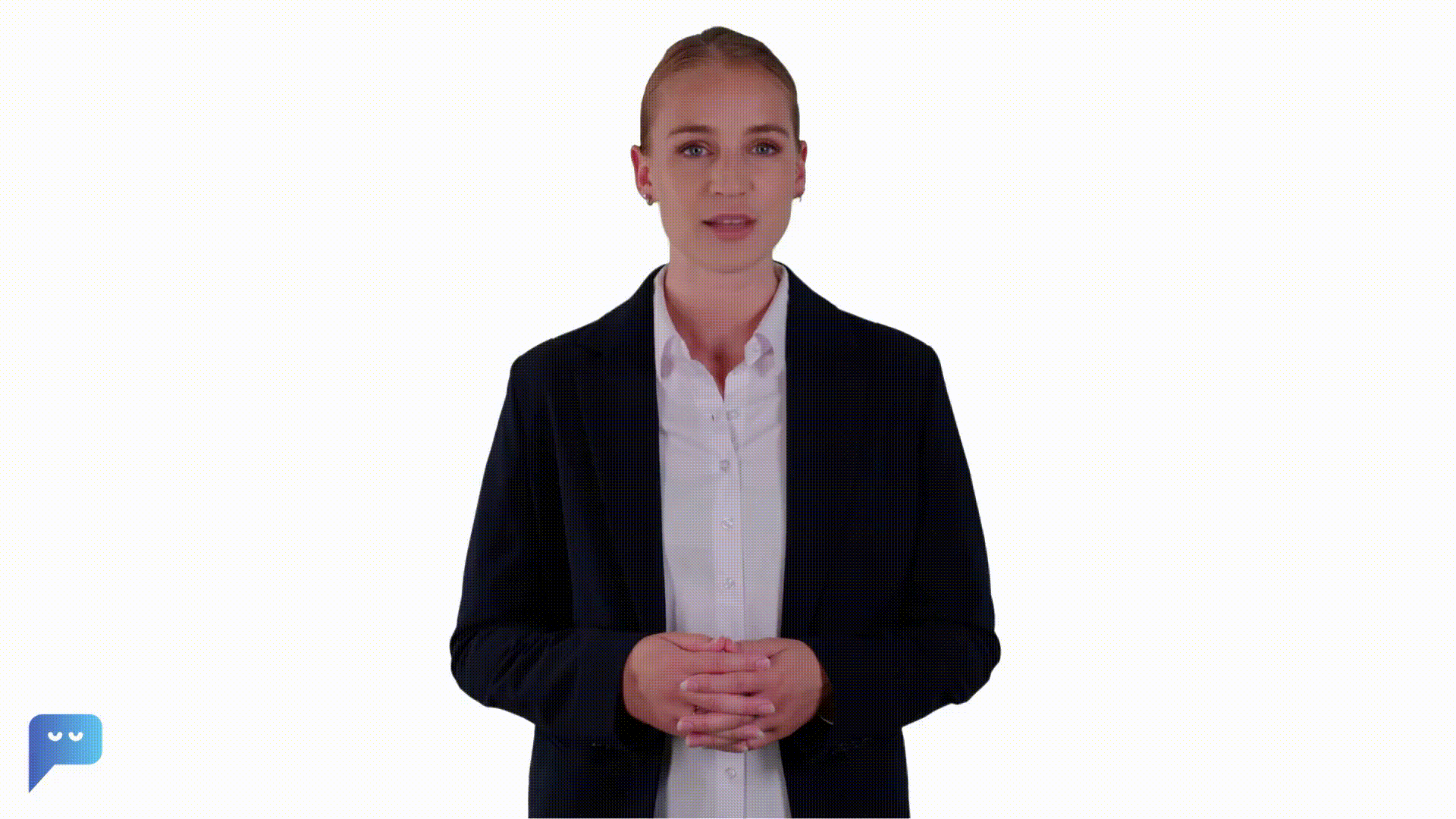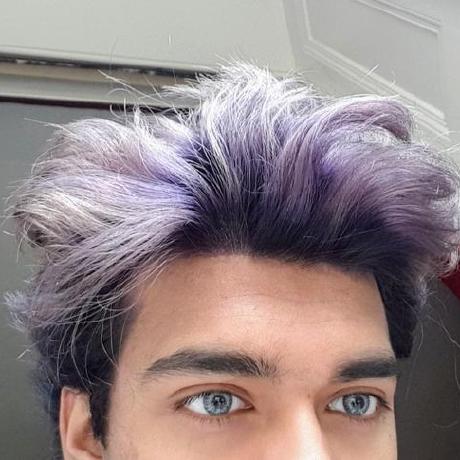Recommended Models
Generate realistic lipsync animations from audio for high-quality synchronization
Updated 2 weeks, 1 day ago
70K runs
 bytedance/omni-human
bytedance/omni-humanTurns your audio/video/images into professional-quality animated videos
Updated 4 weeks, 1 day ago
147.3K runs
Studio-grade lipsync in minutes, not weeks
Updated 1 month ago
6.5K runs
Generate realistic lipsyncs with Sync Labs' 2.0 model
Updated 1 month ago
12.6K runs
 kwaivgi/kling-lip-sync
kwaivgi/kling-lip-syncAdd lip-sync to any video with an audio file or text
Updated 1 month ago
23.2K runs
Generate a video from an audio clip and a reference image
Updated 2 months, 3 weeks ago
10.4K runs

 tmappdev/lipsync
tmappdev/lipsyncLipsync model using MuseTalk
Updated 4 months ago
7K runs
 zsxkib/multitalk
zsxkib/multitalkAudio-driven multi-person conversational video generation - Upload audio files and a reference image to create realistic conversations between multiple people
Updated 5 months, 1 week ago
3K runs

 bytedance/latentsync
bytedance/latentsyncLatentSync: generate high-quality lip sync animations
Updated 8 months, 3 weeks ago
88.5K runs

 cjwbw/sadtalker
cjwbw/sadtalkerStylized Audio-Driven Single Image Talking Face Animation
Updated 1 year, 6 months ago
149.5K runs

 cjwbw/aniportrait-audio2vid
cjwbw/aniportrait-audio2vidAudio-Driven Synthesis of Photorealistic Portrait Animations
Updated 1 year, 8 months ago
14.8K runs

 chenxwh/video-retalking
chenxwh/video-retalkingAudio-based Lip Synchronization for Talking Head Video
Updated 1 year, 10 months ago
31.5K runs
 gauravk95/sadtalker-video
gauravk95/sadtalker-videoMake your video talk anything
Updated 1 year, 11 months ago
1.4K runs